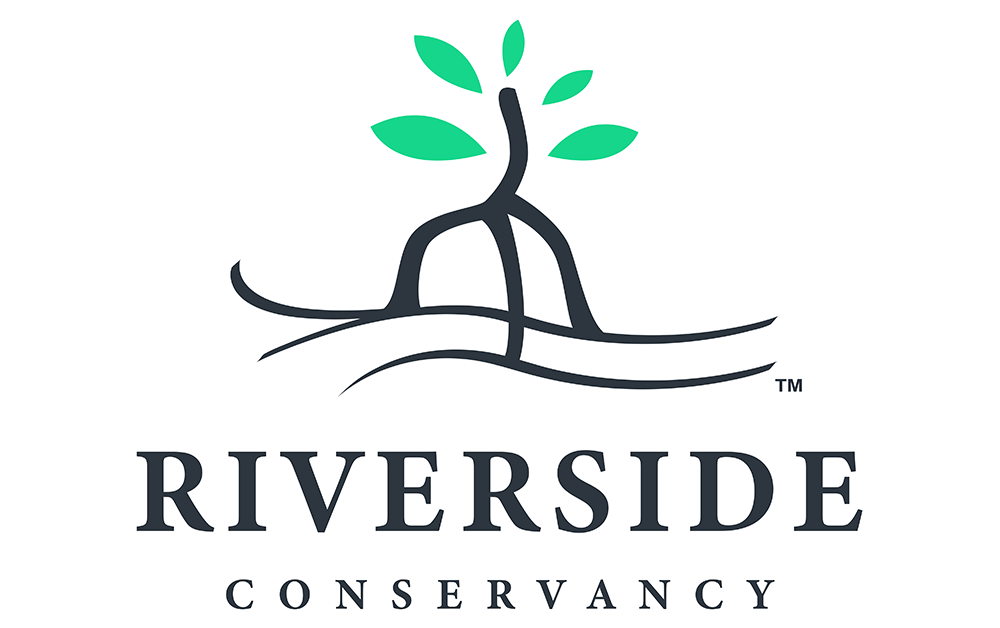BY LISA D. MICKEY
It was an early Valentine’s Day present when volunteers showed up at Riverside Conservancy Center on February 1 to help install a living shoreline located at the center’s property on the Indian River Lagoon.
Volunteers from Friends of Volusia Florida Master Naturalist Program (FMNP) and Southeast Volusia Audubon Society (SEVAS) worked with Riverside Conservancy staff under the guidance of Young Bear Environmental Consulting for a sunny and warm February planting day.
Workers planted red mangrove trees, as well as more than 250 plugs of Spartina patens (saltmeadow cordgrass) and over 120 plugs of Spartina alterniflora (smooth saltmarsh cordgrass) – all, as a part of the Riverside Conservancy Living Shoreline Project.
The project includes various plant installations to create a living shoreline along the Indian River Lagoon that will be utilized to engage with the surrounding community in educational outreach and conservation. Florida Fish and Wildlife Conservation Commission (FWC) provided a living shoreline design and feasibility study for Riverside Conservancy to ensure the project will “enhance the property, stabilize the shoreline and prevent erosion.”
Riverside Conservancy Executive Director Kelli McGee believes the center’s project is essential in showcasing shoreline resiliency and the value of living shorelines to the surrounding communities of Edgewater, Oak Hill, and New Smyrna Beach. The project is intended to serve as a demonstration of living shoreline designs where local residents may come to learn about simple, low-cost methods to improve the ecological value of their shorelines.
“People think if they install a seawall, they will be protected from storms -- not necessarily understanding that hardened shorelines often create erosion at the foot of the seawall that actually destroys habitat,” said McGee. “This project shows that a living shoreline will increase a property’s resilience.”
McGee noted that a width of 15 feet of planted mangroves will reduce wave energy by 50 percent. Marsh grasses have also shown similar results in terms of wave attenuation. And appropriate salt-tolerant planted vegetation helps accrete sediment or sand, thereby building up the waterfront.
“Instead of having a shoreline that has been eroded by a seawall, we will have a living shoreline that has grown and is providing habitat for many species,” added McGee. “This will be a demonstration project to show residents who have waterfront property that they can restore their shoreline with plants and oyster reefs. Living shorelines also cost significantly less than installing a seawall and you can potentially get tax breaks with a conservation easement on the property.”
The shoreline at Riverside Conservancy was graded back to its natural state by Young Bear Environmental Consulting to prepare for native plant installments. The project design features a sloped terrace configuration that replaces a previously sodded residential lawn and creates three elevational zones and associated hydroperiods that are suitable for a variety of plant species.
February’s initial volunteer workday was the first of numerous major planting days scheduled for the property. In addition to the living shoreline plants already installed, more native plant species -- such as Fakahatchee grass, muhly grass and additional red, black and white mangrove trees, as well as buttonwood trees -- will become a part of the restored living shoreline landscape at Riverside Conservancy. In place of sod, native plants, such as seashore paspalum, turkey tangle frogfruit and sunshine mimosa, also will be installed.
McGee noted that approximately 80 percent of all commercial fish species spend part of their life cycle in and around mangrove roots, making mangroves critical habitat for the health of the ecosystem in the Indian River Lagoon.
The living shoreline restoration project has been in the planning stage since 2018, with work starting in 2022. The project is scheduled for completion this spring. Remaining work phases include the final plant installations and the addition of an ADA-approved kayak launch.
Riverside Conservancy Center’s headquarters was established when Dr. Art Litowitz purchased and donated the property to the nonprofit. Volusia County’s ECHO program provided a grant for shoreline construction. The Litowitz Foundation and many others have supported the center and been key to the organization’s growth.
“We thank Volusia ECHO for funding this type of program and we encourage cities and Volusia County to help us incentivize green infrastructure so we can clean our waters, maintain healthy aquatic habitat, and provide storm protection for upland properties,” said McGee.
The current project is a reflection of Riverside’s mission to protect and restore shorelines, she added. Riverside Conservancy donated a shoreline conservation easement to Volusia County in perpetuity.
“It’s our guarantee that the public will be able to utilize this living shoreline as an educational space,” she said. “And it furthers our goal of establishing conservation easements that allow us restore natural shorelines on private property. This ultimately will be a place where we can educate the public.”










